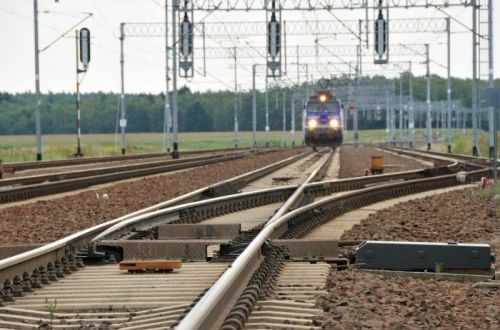The final plan will be adopted at the agency’s CCRCC 2017 conference on November 15-16 in Valenciennes, France.
Speaking to IRJ at the at the Unife General Assembly in Barcelona last week, the agency’s executive director Mr Josef Doppelbauer said the key objectives of the new plan are to:
• achieve interoperable and compliant infrastructure
• standardise onboard units so trains can operate anywhere where there is compliant infrastructure
• testing and validation
• consistently maintain the specifications of ERTMS, and
• ensure adequate financing and support are available.
Mr Karel Vinck, European ERTMS coordinator, expressed concern that interoperability remains elusive. “After 10 years, we still cannot show that any part of the European rail network is interoperable,” he says. “Users are getting the perception that ERTMS is becoming more complicated, and they don’t want to get into the political debate about ERTMS.
“We revised the 2009 ERTMS deployment plan because it was not realistic enough. If you give people a long deployment period, nothing happens. So, we decided that we will only look five years ahead and with very clear objectives.
“We need a common vision and a commitment to deliver. We have to show that ERTMS is working and that interoperability will help the railway industry to become more competitive. We will put funding into the cross-border element, and if we do this we will solve 80% of the interoperability problems. If it cannot deliver this over five years, there will be a real problem.”
Doppelbauer says he is optimistic ERTMS can achieve its interoperability goals. “The industry has tested Baseline 3 in 10 EU member states and it works,” he says. “We are currently involved in a massive task to eliminate 15,000 national rules - we even have national rules on ERTMS, which must be eliminated. The good thing is that the rail industry is really committed to it.”
The draft Deployment Action Plan can be viewed in full on the European Commission website.

